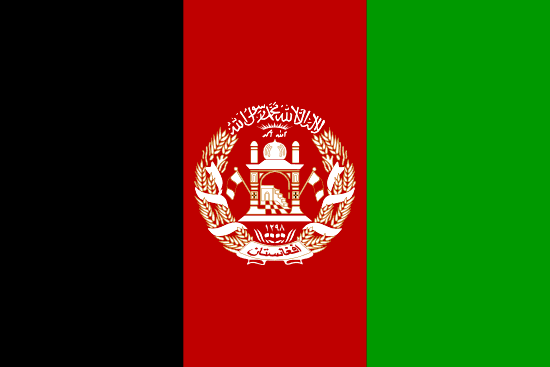"د بامیان د تاریخي سرچینه | Bamiyan, the historical fountainhead"
About:
Bamiyan, a town in central Afghanistan, has a rich history dating back to 1st-13th century AD as a thriving Buddhist center. The town is renowned for the giant Buddha statues carved into cliffs, destroyed by the Taliban in 2001. Bamiyan served as a strategic location on the Silk Road, fostering cultural exchange. It was under Ghorid, Ghaznavid, and Mongol rule before falling to the Timurids. In the modern era, Bamiyan has faced significant challenges due to political instability and war, but efforts for restoration and preservation continue.
When to visit:
Bamiyan, a city in central Afghanistan, is best visited during the spring and autumn months of April to June and September to November. During these times, the weather is mild with clear skies, making it ideal for exploring the city's famous cultural and historical sites. The spring season also offers the added bonus of blooming wildflowers that enhance the picturesque landscape of the Bamiyan Valley. However, it is important to note that due to the region's high elevation, temperatures can vary greatly between day and night, so visitors should come prepared with appropriate clothing for changing weather conditions.
When to avoid:
Bamiyan, Afghanistan experiences extreme weather conditions throughout the year, making it challenging for travelers to pinpoint the worst time to visit. However, the winter months from December to February are generally considered the most challenging due to heavy snowfall and freezing temperatures. Traveling during this time can result in road closures, limited transportation options, and reduced accessibility to key attractions such as the Bamiyan Buddha statues. Visitors planning a holiday trip to Bamiyan should carefully consider the weather conditions and plan accordingly to ensure a safe and enjoyable experience.
Winter Season (Dec-Feb)
In Bamiyan, Afghanistan, winter (December-February) is the coldest part of the year with temperatures often dropping below freezing. It's also the wettest season due to frequent snowfall, with January being the peak month. The days are short with about 10 hours of daylight, often obscured by heavy cloud cover. An average day for a visitor involves waking up to frosty mornings, experiencing light snowfall throughout the day, and navigating slippery, snow-covered paths. The cold can be intense, so indoor activities are preferred.
Spring (March-May)
Spring (March-May)
Language:
In Bamiyan, the most commonly spoken languages are Dari and Hazaragi. Dari, also known as Afghan Persian, is one of the two official languages of Afghanistan. Hazaragi, on the other hand, is a variety of Persian that is spoken by the Hazara people, who make up a significant portion of Bamiyan's population.




